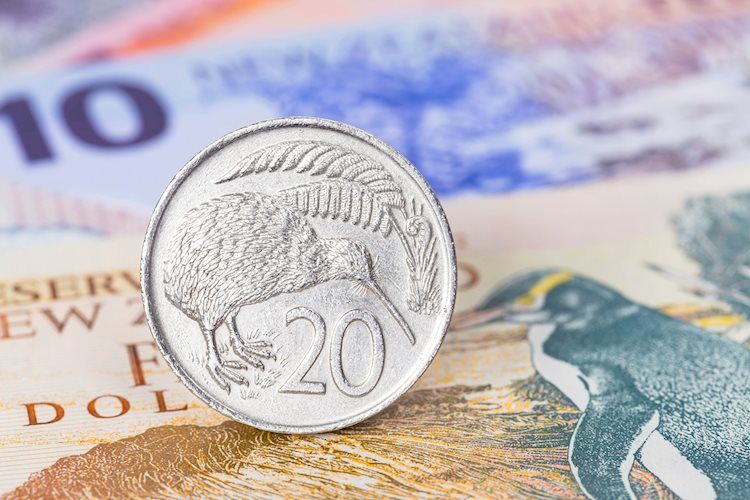The NZD/USD pair is trading near 0.6190 in the early Asian session on Wednesday, with the US Dollar weakening as expectations grow for a Federal Reserve rate cut. The Fed is anticipated to lower its borrowing costs at the September meeting, with Fed Chair Jerome Powell signaling a shift in policy. The market will be closely watching the Fed interest rate decision and the release of the Summary of Economic Projections after the meeting, which could reveal the extent of the rate cuts expected.
On the New Zealand front, the Chinese economy’s outlook and New Zealand’s GDP release on Thursday will also impact the NZD/USD pair. A contraction of 0.4% quarter-on-quarter in Q2 is projected for New Zealand’s GDP, following a modest expansion in Q1. However, a surprising upside in the GDP reading could boost the New Zealand Dollar against the USD. The performance of the Chinese economy is significant for the Kiwi as China is New Zealand’s largest trading partner. Additionally, dairy prices play a crucial role in determining the NZD’s movement, as the dairy industry is a key export for New Zealand.
The Reserve Bank of New Zealand (RBNZ) aims to maintain an inflation rate between 1% and 3% over the medium term by adjusting interest rates accordingly. Higher interest rates attract foreign investment and strengthen NZD, while lower interest rates have the opposite effect. The rate differential between New Zealand and the US Federal Reserve rates can also influence the NZD/USD pair. Macroeconomic data releases in New Zealand are important indicators of the country’s economic health, with a strong economy boosting NZD and weak data leading to depreciation.
The New Zealand Dollar tends to strengthen during risk-on periods when market risks are perceived to be low and there is optimism about growth. This positive outlook for commodities benefits the Kiwi, which is considered a commodity currency. Conversely, the NZD weakens during periods of market turbulence or economic uncertainty as investors seek out safer assets. Overall, the performance of the NZD/USD pair is influenced by a combination of factors including central bank policy, macroeconomic data, market sentiment, and external economic conditions such as the Chinese economy. Traders and investors will be closely monitoring these factors to gauge the future direction of the New Zealand Dollar.









